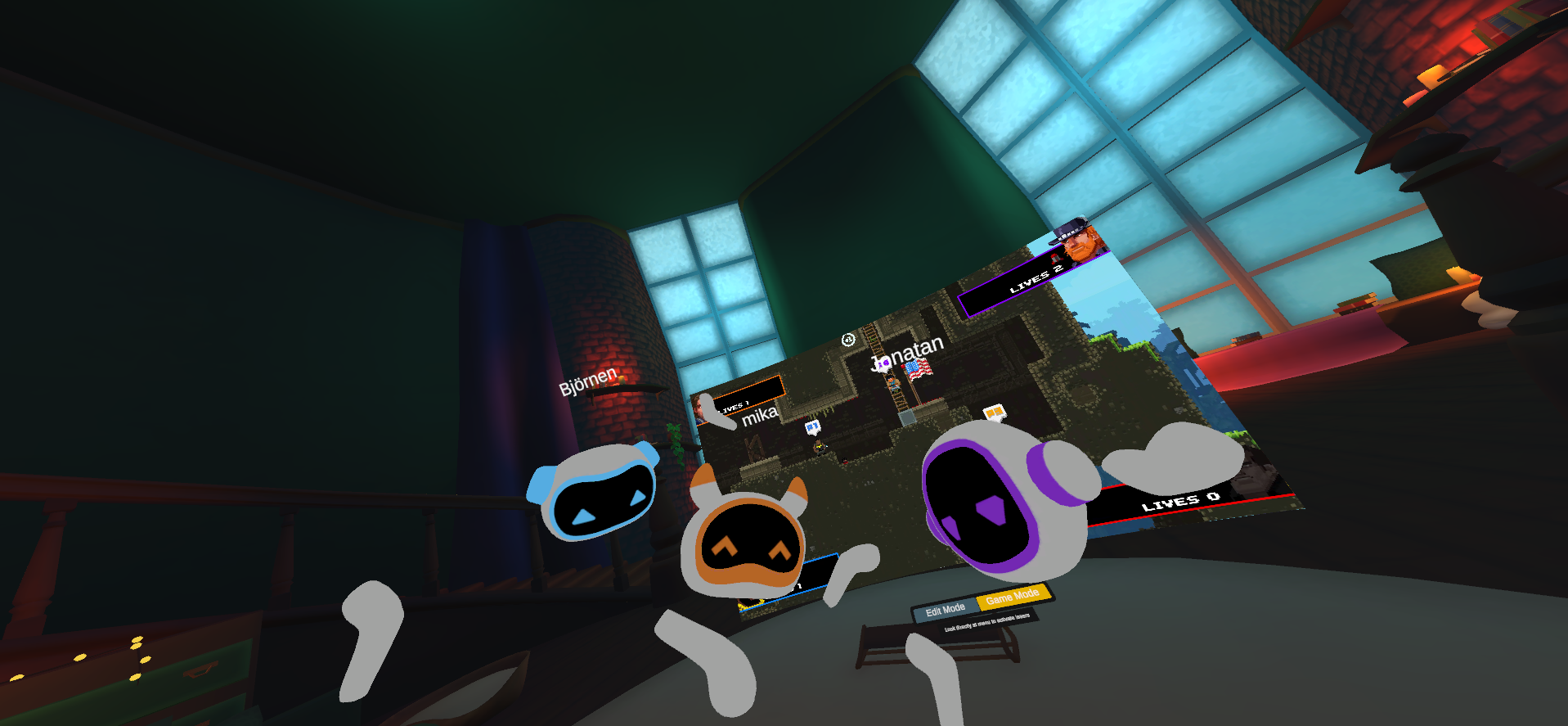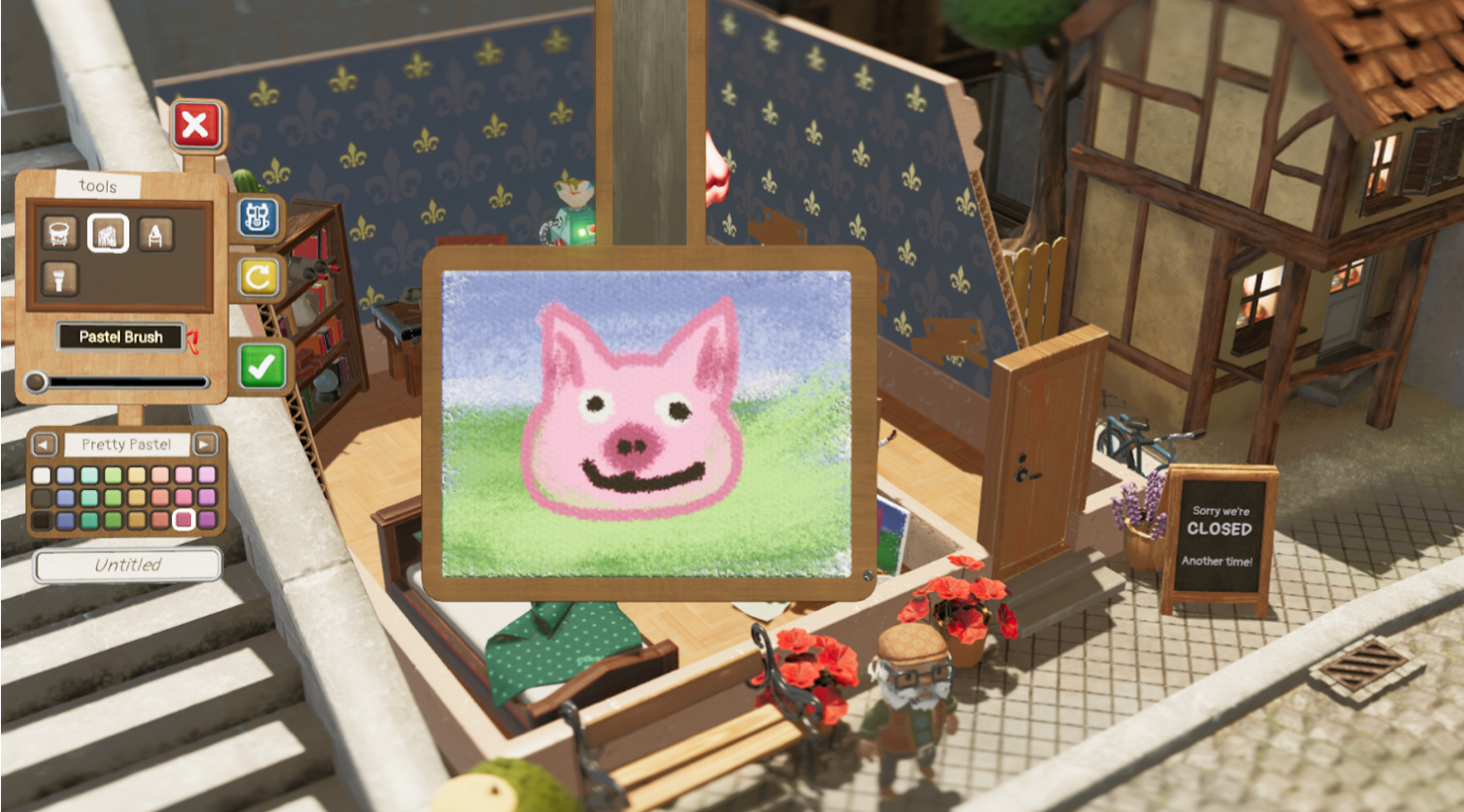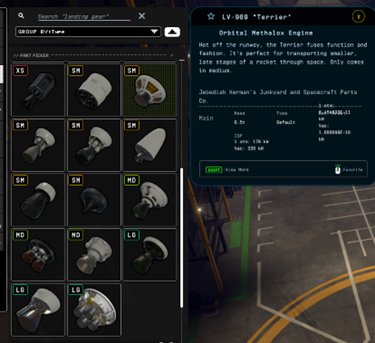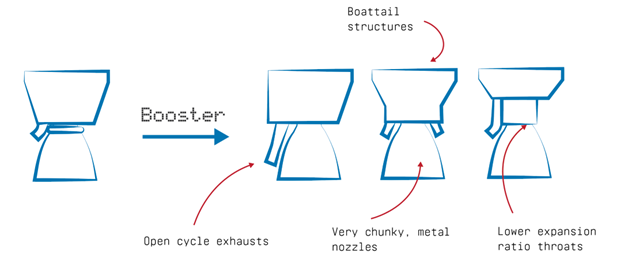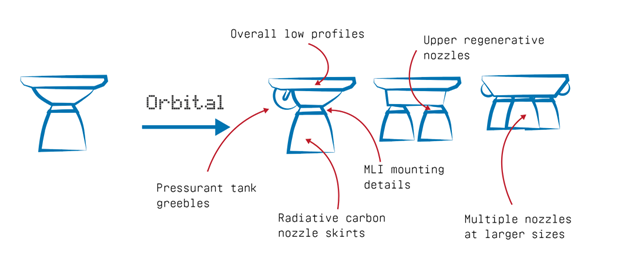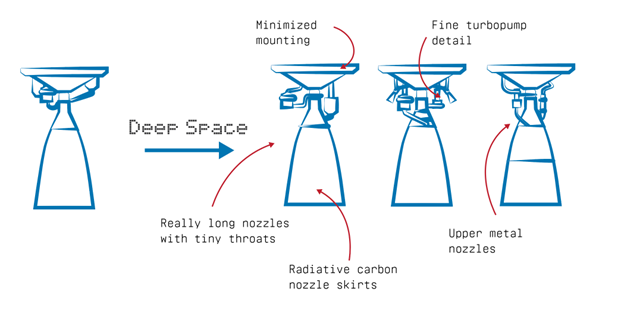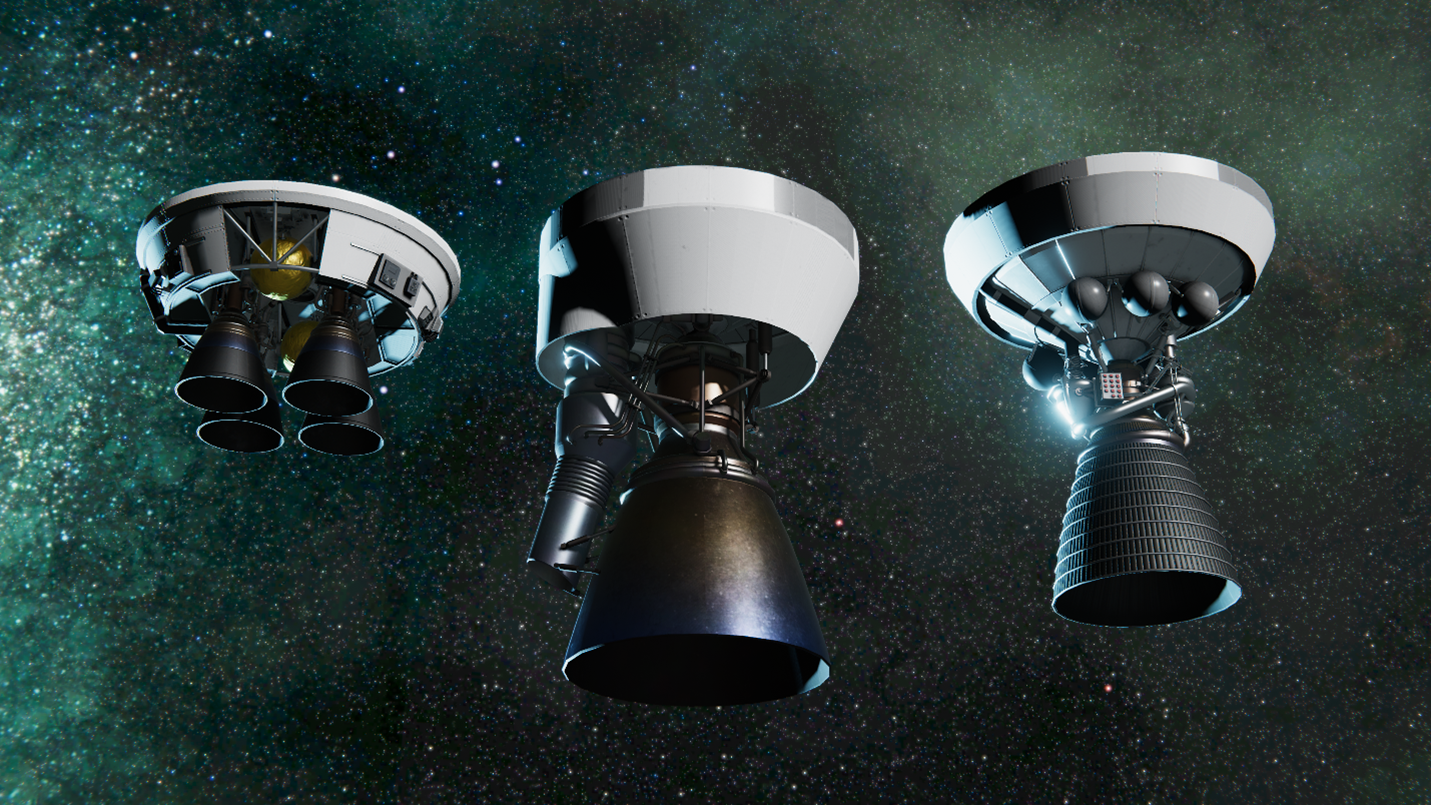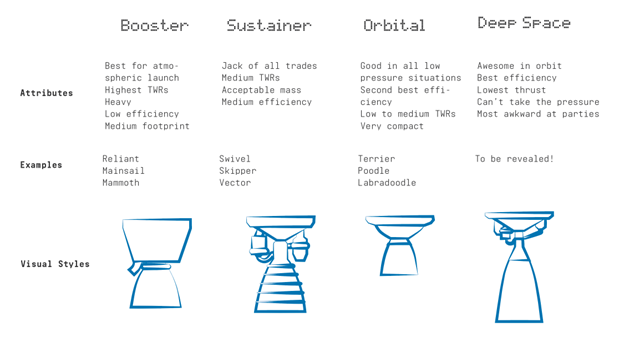
Dec 16, 2022
Ultimate Battle - Atlas
💡💡 Version 1.6.3 💡💡
List of improvements:
🎄 To celebrate 2 years since the release of the game here is the CHRISTMAS UPDATE 🎄
✅ Added some of the Christmas spirit within the game
✅ Improved translations
✅ Fixed minor bugs
https://store.steampowered.com/app/1487160/Ultimate_Battle/





